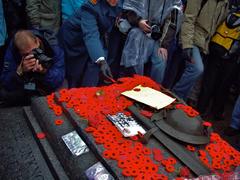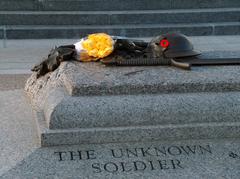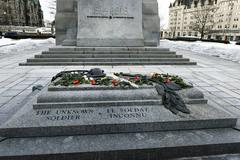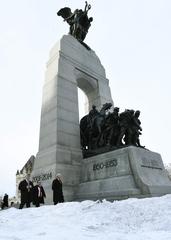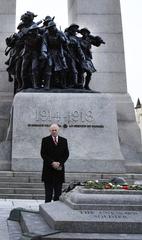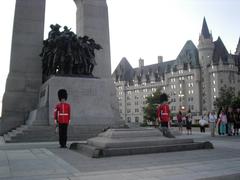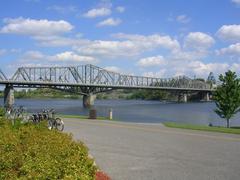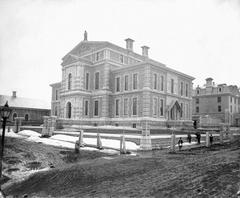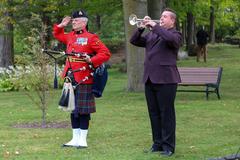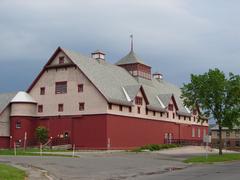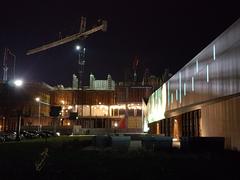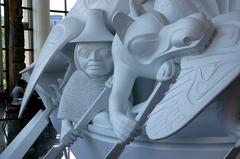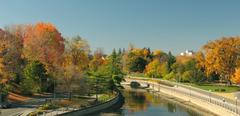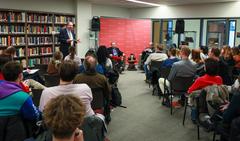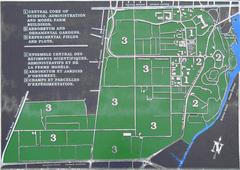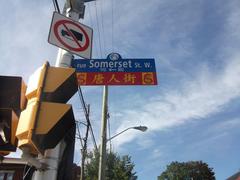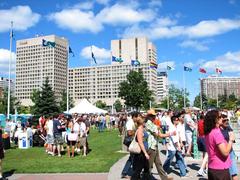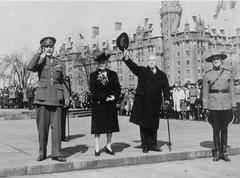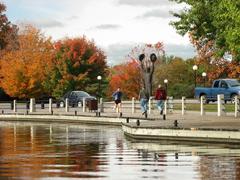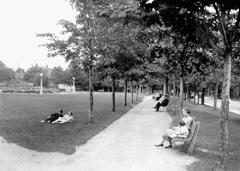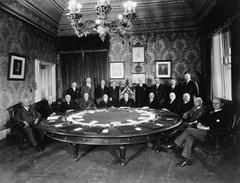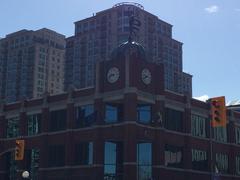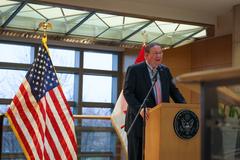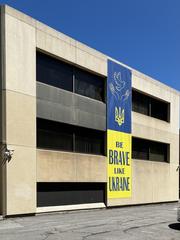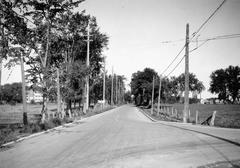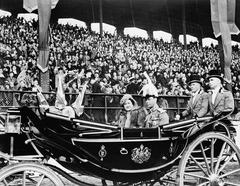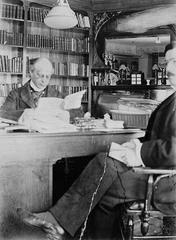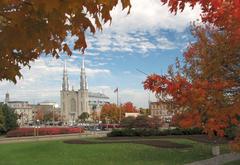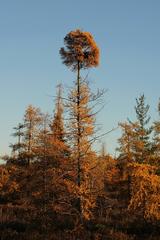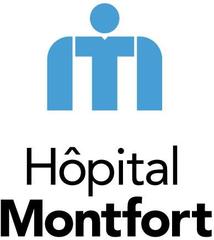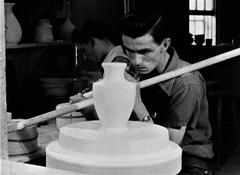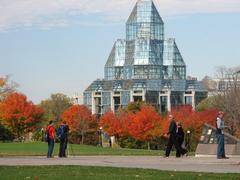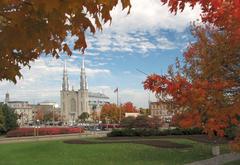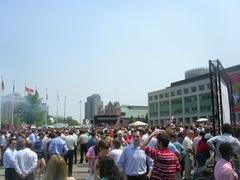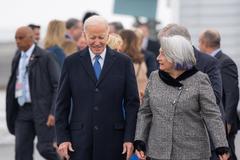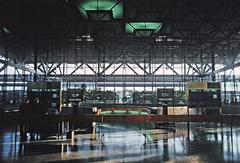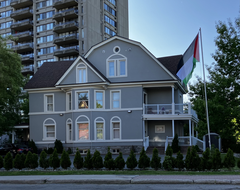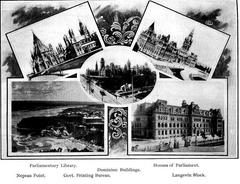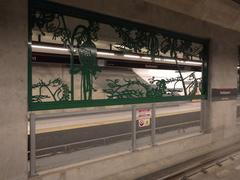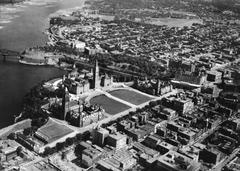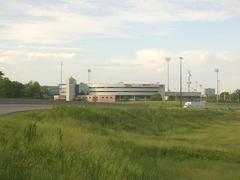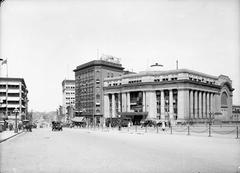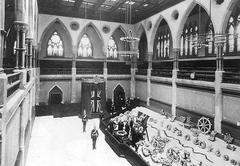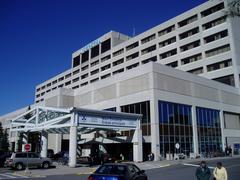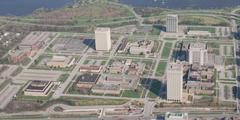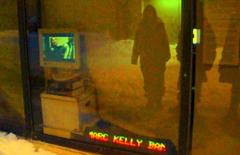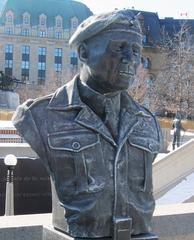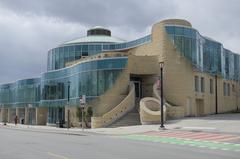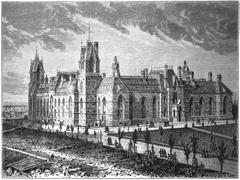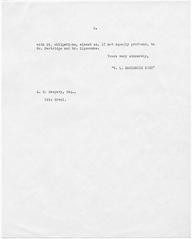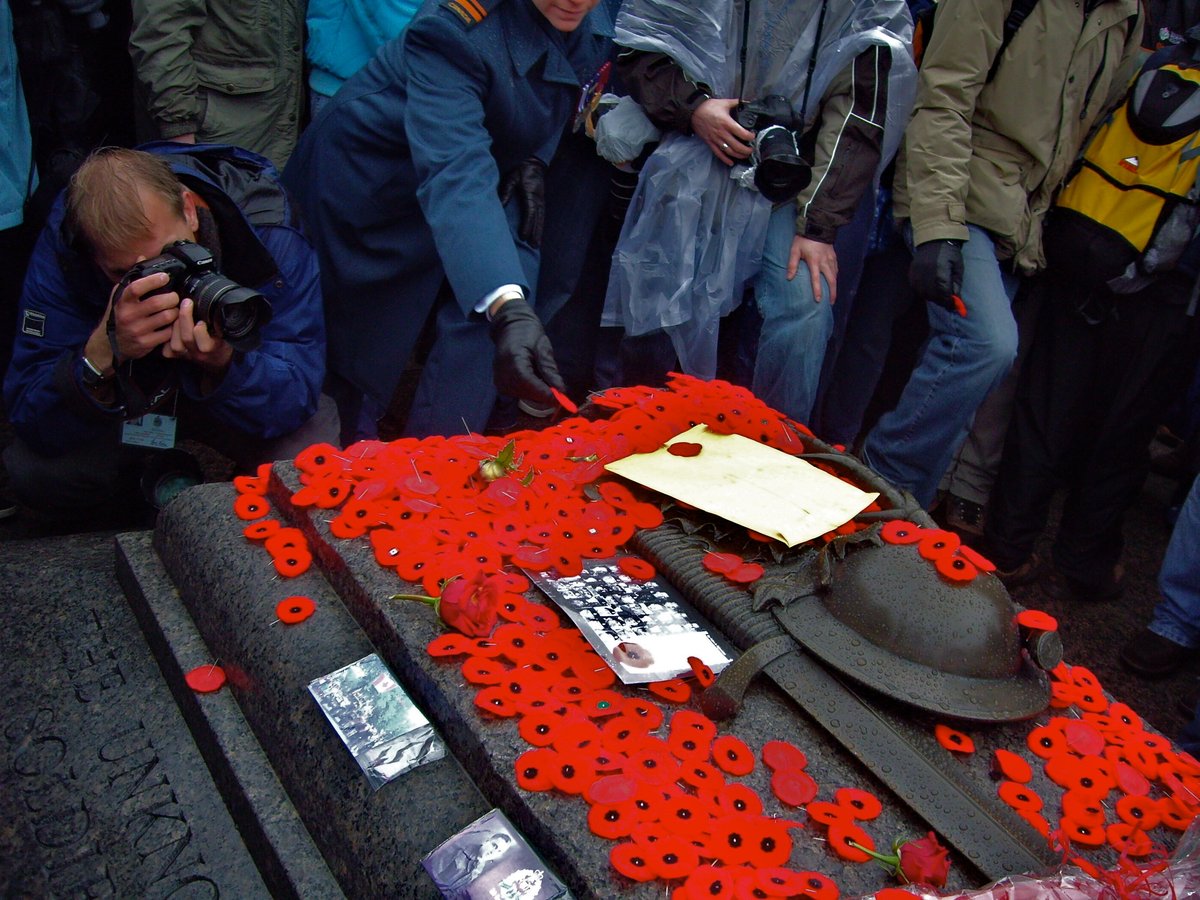
Tomb of the Unknown Soldier Ottawa Visiting Hours and Guide
Publication Date: 01/08/2024
Introduction to the Tomb of the Unknown Soldier
The Tomb of the Unknown Soldier in Ottawa, Canada, stands as a poignant symbol of national remembrance. This powerful monument honors the approximately 116,000 Canadians who sacrificed their lives in various conflicts, including the First World War (Veterans Affairs Canada). Established in front of the National War Memorial in 2000, the tomb contains the remains of an unidentified Canadian soldier repatriated from France, symbolizing the collective sacrifice of all Canadian military personnel (Canada.ca). This guide provides an in-depth look at the tomb’s historical significance, its role in Canadian heritage, and essential visitor information to help you plan your visit to this important site. The tomb also serves as a focal point for national ceremonies, particularly on Remembrance Day, held annually on November 11th, where Canadians gather to honor the fallen.
Contents Overview
- Introduction
- Symbol of National Remembrance
- Historical Context
- Representation of All Unidentified Soldiers
- A Place for Personal and Collective Mourning
- Educational and Cultural Impact
- Architectural and Artistic Significance
- Government and Military Involvement
- A Focal Point for Commemorative Events
- Visitor Information
- Visiting Hours and Tickets
- Travel Tips
- Nearby Attractions
- Accessibility
- Spontaneous Acts of Remembrance
- Broader Significance
- Frequently Asked Questions
- Conclusion and Call to Action
Visiting the Tomb of the Unknown Soldier in Ottawa: History, Significance, and Visitor Information
History of the Tomb of the Unknown Soldier
Origins and Concept
The concept of the Tomb of the Unknown Soldier originated during World War I, a conflict that saw unprecedented numbers of soldiers perish, many of whom could not be identified. The idea was first proposed by David Railton, an Anglican chaplain serving in France, in 1916. Railton’s vision was to create a memorial for unidentified soldiers who had died in battle, symbolizing the collective sacrifice of all military personnel. This idea was realized in various countries, with the United Kingdom dedicating the grave of the Unknown Warrior on November 11, 1920, at Westminster Abbey (Britannica).
Establishment in Canada
Canada’s Tomb of the Unknown Soldier was established much later, on May 28, 2000. The remains of an unidentified Canadian soldier who died in the First World War were repatriated from France and interred in a special tomb in front of the National War Memorial in Ottawa, Ontario (Canada.ca). This monument serves as a poignant reminder of the more than 116,000 Canadians who sacrificed their lives in the cause of peace and freedom.
Significance and Symbolism
The Tomb of the Unknown Soldier in Ottawa holds profound significance. It represents all Canadian military personnel—Navy, Army, Air Force, and Merchant Marine—who have died or may die in service to their country in all conflicts, past, present, and future. The monument is a focal point for national remembrance and is integral to Canada’s military heritage (Canada.ca).
The 2014 Attack
On October 22, 2014, the Tomb of the Unknown Soldier became the site of a tragic event when Corporal Nathan Cirillo, who was on sentry duty, was shot and killed by a gunman. This incident added a deeper layer of meaning to the sentry duty at the tomb, reinforcing its role as a symbol of sacrifice and national resilience (Canada.ca).
The National Sentry Program
The National Sentry Program, which began in 2007, involves the posting of sentries at the Tomb of the Unknown Soldier. These sentries are drawn from various units of the Canadian Armed Forces, including the Royal Canadian Navy, the Canadian Army, the Royal Canadian Air Force, and the Canadian Ranger units. The program runs from June to August and again from October to November, culminating in the Remembrance Day ceremonies on November 11 (Canada.ca).
Ceremonial Aspects
The Changing of the Guard ceremony, which takes place on Parliament Hill, is closely associated with the Tomb of the Unknown Soldier. This ceremony, held every morning from late June through late August, features the Governor General’s Foot Guards and the Canadian Grenadier Guards, accompanied by their Regimental Band and Pipers. The parade begins at the Cartier Square Drill Hall and marches to Parliament Hill, where the new guard takes over from the old guard (Changing-Guard.com).
International Context
The Tomb of the Unknown Soldier in Ottawa is part of a broader international tradition of honoring unidentified soldiers. Similar monuments exist in various countries, each serving as a national symbol of sacrifice. For instance, the United States established its Tomb of the Unknown Soldier at Arlington National Cemetery in 1921, and France’s Soldat inconnu is interred at the base of the Arc de Triomphe in Paris (Britannica).
Repatriation and Burial
The process of repatriating the remains of the unknown soldier to Canada involved meticulous planning and solemn ceremonies. The remains were exhumed from a cemetery in France and transported to Canada, where they were interred with full military honors. This act of repatriation underscores the nation’s commitment to remembering and honoring its fallen heroes (Canada.ca).
Visitor Information
Ticket Prices
Visiting the Tomb of the Unknown Soldier is free of charge. No tickets are required to access the monument.
Visiting Hours
The Tomb of the Unknown Soldier is accessible year-round. However, the best times to visit are during the National Sentry Program, from June to August and October to November, when sentries are posted at the tomb. Additionally, the Changing of the Guard ceremony takes place every morning from late June through late August.
Accessibility
The site is accessible to visitors with disabilities. There are ramps and pathways that accommodate wheelchairs and other mobility aids.
Nearby Attractions and Travel Tips
While visiting the Tomb of the Unknown Soldier, you can also explore other nearby historical sites and attractions in Ottawa. These include:
- Parliament Hill: A short walk from the tomb, Parliament Hill offers tours of the historic buildings and the iconic Peace Tower.
- Canadian War Museum: Located a short drive away, this museum provides a comprehensive overview of Canada’s military history.
- Rideau Canal: A UNESCO World Heritage site, perfect for a leisurely stroll or boat ride.
Travel Tips:
- Best Times to Visit: Early mornings or late afternoons are ideal for a quieter experience at the tomb.
- Public Transport: Ottawa has an efficient public transportation system with buses and light rail services that can take you close to the monument.
- Weather: Be prepared for varying weather conditions, especially in winter months.
Special Events and Guided Tours
Special events are held at the Tomb of the Unknown Soldier, particularly on Remembrance Day (November 11) and other significant military anniversaries. Guided tours are available through various organizations, providing in-depth historical context and insights into the significance of the site.
Public Engagement and Education
The Tomb of the Unknown Soldier serves as an educational tool, helping Canadians and visitors understand the sacrifices made by military personnel. The site is a place of reflection and learning, where people can pay their respects and gain a deeper appreciation of Canada’s military history. The National Sentry Program and the Changing of the Guard ceremony further enhance public engagement by providing visible and interactive ways to honor the nation’s military heritage (Canada.ca).
Future Prospects
As Canada continues to evolve, the Tomb of the Unknown Soldier remains a steadfast symbol of national unity and remembrance. The ongoing commitment to maintaining and honoring this monument ensures that future generations will continue to recognize and appreciate the sacrifices made by Canadian military personnel. The integration of modern technologies, such as DNA testing, may also influence how unknown soldiers are identified and commemorated in the future (Britannica).
FAQ
Q: Do I need to buy tickets to visit the Tomb of the Unknown Soldier? A: No, visiting the Tomb of the Unknown Soldier is free of charge.
Q: What are the visiting hours for the Tomb of the Unknown Soldier? A: The site is accessible year-round, but the best times to visit are during the National Sentry Program from June to August and October to November.
Q: Is the Tomb of the Unknown Soldier accessible to people with disabilities? A: Yes, the site has ramps and pathways that accommodate wheelchairs and other mobility aids.
Q: Are there guided tours available? A: Yes, various organizations offer guided tours that provide historical context and insights about the site.
Conclusion and Call to Action
The Tomb of the Unknown Soldier in Ottawa is a powerful symbol of national remembrance, honoring the sacrifices of Canadian military personnel across all conflicts. Plan your visit to this historic site and explore the rich military heritage it represents. For more information on visiting hours, special events, and nearby attractions, visit the official websites linked in this article. Don’t forget to check out other related posts and follow us on social media for updates.
Summary and Key Points
The Tomb of the Unknown Soldier in Ottawa is more than just a memorial; it is a powerful symbol of national unity and remembrance. It honors the sacrifices of all Canadian military personnel who have died in service to their country, providing a focal point for national ceremonies and personal acts of remembrance (The Globe and Mail). The monument’s significance is reflected in the high level of government and military involvement in its creation and the continuous acts of respect by visitors. As Canada continues to evolve, the ongoing commitment to maintaining and honoring this monument ensures that future generations will continue to recognize and appreciate the sacrifices made by Canadian military personnel. Plan your visit to the Tomb of the Unknown Soldier and explore the rich military heritage it represents. For more information on visiting hours, special events, and nearby attractions, visit the official websites linked in this article and follow us on social media for updates (Canada.ca).
